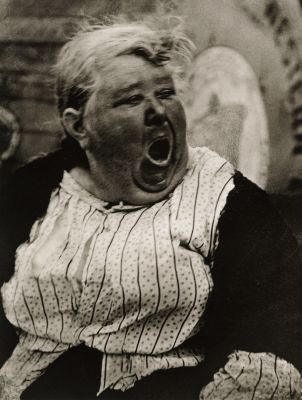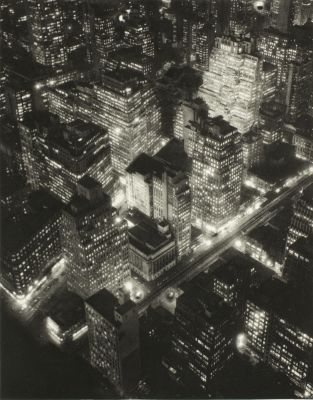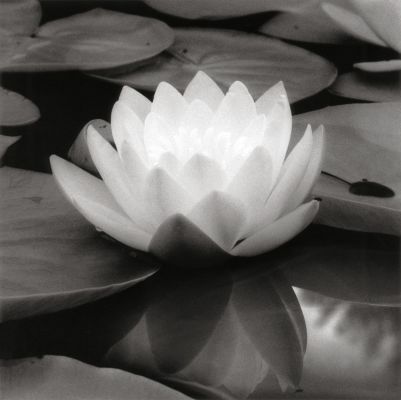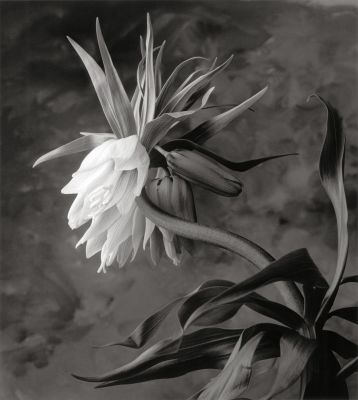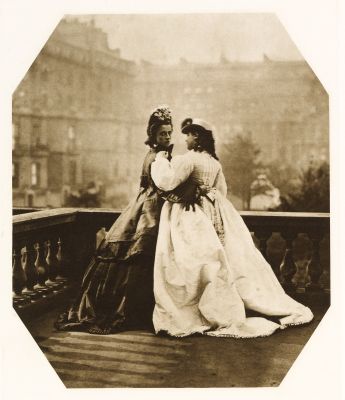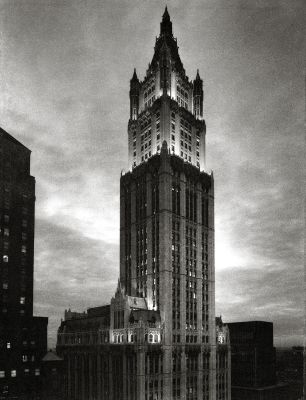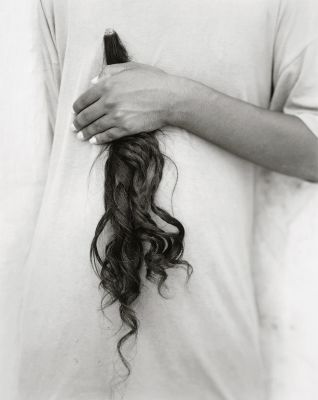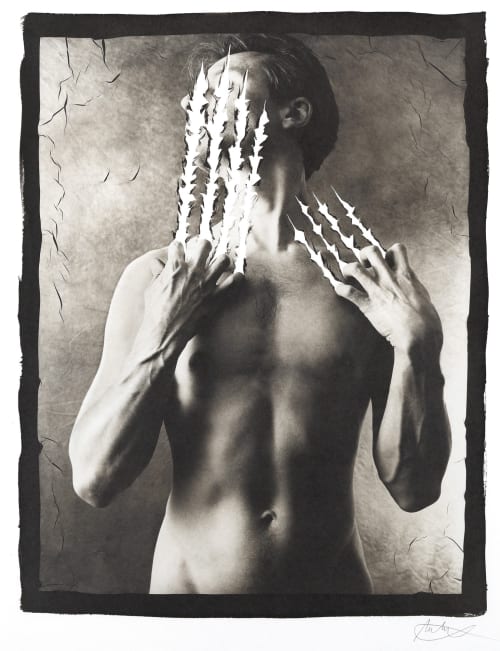
Title
Gellage #80Artist
Macku, Michal (Czech, b.b.1963)Publication
21st Journal of Contemporary Photography Vol. V looseDate
2002Process
PlatinumAtelier
Jon Goodman Photogravure, Massachusetts
Since the end of 1989, Michal Macku has used his own creative technique which he has named "Gellage" (the ligature of collage and gelatin). The technique consists of transferring exposed and fixed photographic emulsion from its original base on paper. This transparent and plastic gelatin substance makes it possible to reshape and reform the original images, changing their relationships and endowing them with new meanings during the transfer. The finished work gives a compact image with a fine surface structure. Created on photographic quality paper, each Gellage is a highly durable print eminently suited for collecting and exhibiting.
The laborious technology, which often includes the use of more than one negative per image, makes it impossible to produce absolutely identical prints: Each Gellage is an original work of art. The artist does make at least 12 signed and numbered prints of each image.
I use the nude human body (mostly my own) in my pictures. Through the photographic process [of Gellage], this concrete human body is compelled to meet with abstract surroundings and distortions. This connection is most exciting for me and helps me to find new levels of humanness in the resulting work. I am always seeking new means of expression and, step by step, I am discovering almost unlimited possibilities through my work with loosened gelatin. Photographic pictures mean specific touch with concrete reality for me, one captured level of real time. The technique of Gellage which I am using helps me to take one of these "time sheets" and release a figure, a human body, from it, causing it to depend on time again. Its charm is similar to that of cartoon animation, but it is not a trick. It is very important for me to be aware of the history of a picture and to have a sense of direct contact with its reality. My work places "body pictures" in new situations, new contexts, new realities, causing their "authentic" reality to become relative. I am interested in questions of moral and inner freedom. I do what I feel, and only then do I begin to meditate on what the result is. I am often surprised by the new connections I find in it. Naturally, I start out with a concrete intention, but the result is often very different. And there, I believe, lies a hitch. One creates to communicate what can not be expressed in any other way. Then comes the need to describe, to define. (Artist’s web site)
